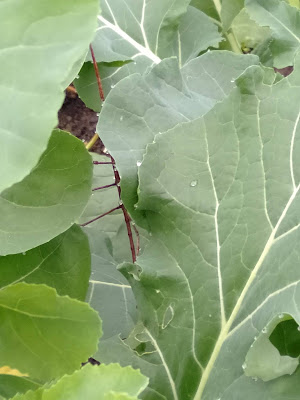The capybara is the world's largest living rodent. This semi-aquatic mammal comes from South America where it lives in dense forest near water. It can grow 134 cms long, 62 cms tall and weigh anywhere from 35 to 66 kgs and its nearest relative is the guinea pig.
The capybara is an herbivore that eats grass, fruit, tree bark and aquatic plants, but during the dry season its diet expands to include a greater variety of plants. It loves to socialise and gets around in groups of 10-20 but in the dry season it is known to be found in groups of as many as 50 to 100. It also mixes well with other animals.
We saw capybaras at the Auckland Zoo last year including a number of babies. Interestingly, the mother rejoins the group a few hours after delivering her babies, usually about four. And the babies also join the group quickly as within a week they are already eating grass.
Capybaras with babies at the Auckland Zoo
Curiosities
- The capybara can run as fast as a horse and is an excellent swimmer. It can stay fully submerged for up to five minutes.
- It is a gentle animal that makes a great pet, but more than one is recommended.
- Other birds and animals love to perch on top of it in order to get a free ride.
- It can live for up to 12 years in captivity.
Conservation
The capybara is not threatened but it is hunted in some regions in South America for its pelt and meat, and in some areas is farmed.
There are capybaras in many Australian zoos, including this one at the Tasmania Zoo at Riverside.














